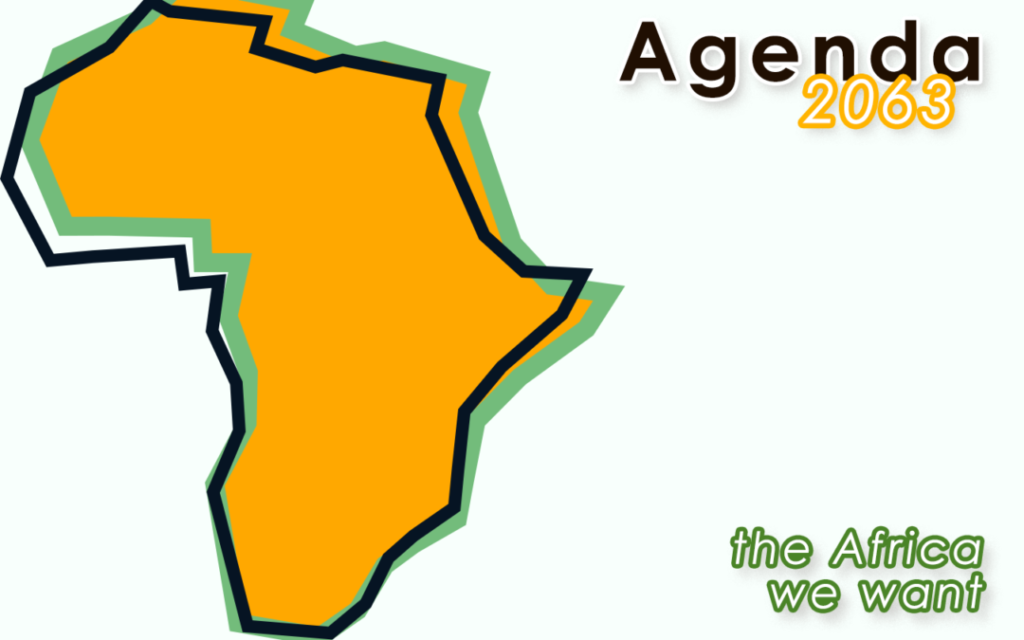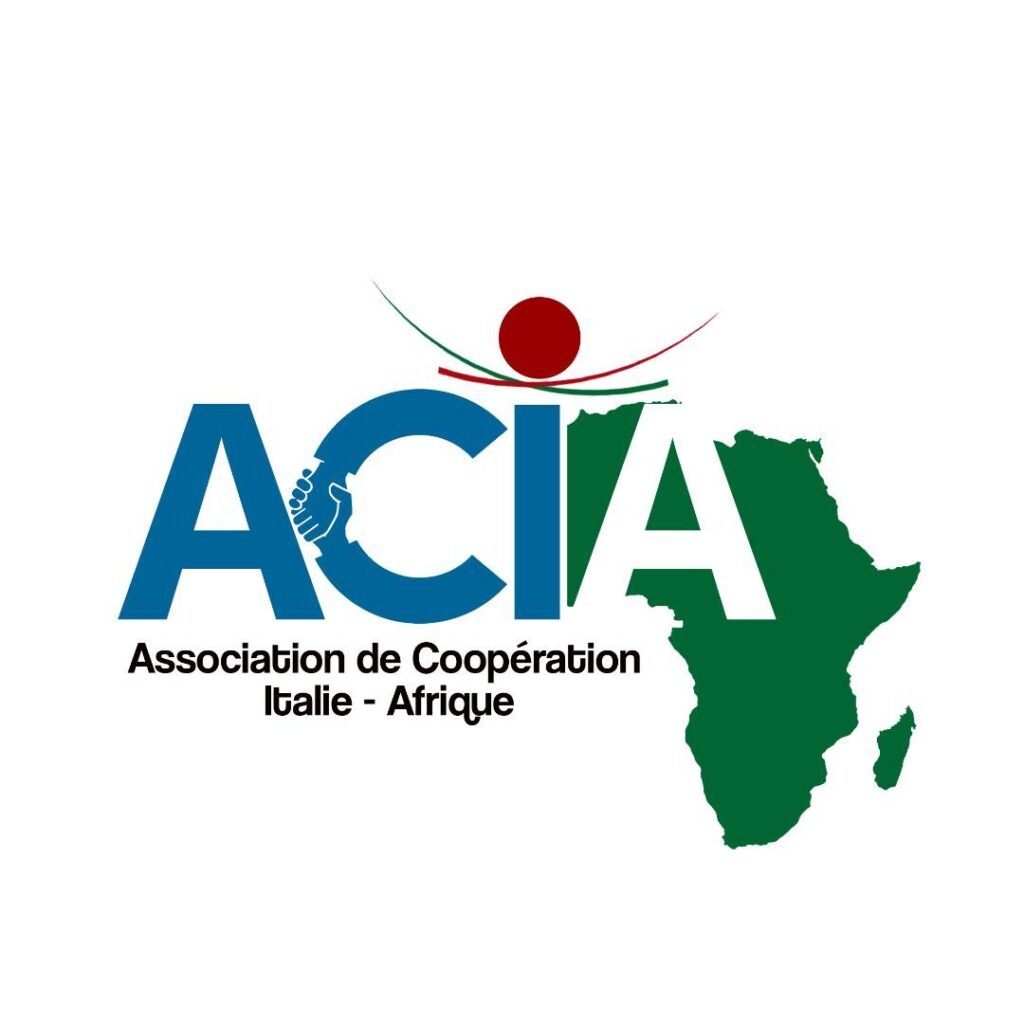African Cultural Heritage Year (2025): A Bridge Between Past, Present and Future

Introduction
2025 promises to be a crucial year for Africa, with the official designation of theAfrican Cultural Heritage Yearan initiative that aims to enhance the continent's immense historical, artistic and social heritage, often threatened by conflict, climate change and colonial legacies. This project, supported by international institutions, African governments and cultural organisations, is not just a celebration of the past, but an opportunity to redefine Africa's role in the global cultural landscape, promoting historical justice, sustainable development and intercultural dialogue.
In this article we explore the key objectives, emblematic initiatives, challenges and international collaborations related to this symbolic year, with a focus on colonial restitution, innovative technologies and models of cooperation.
Context: Why 2025?
A Response to Colonial Wounds
The Year of African Cultural Heritage comes at a time when the debate on the return of looted works of art during colonialism reached a turning point. According to estimates, over 90% of Africa's cultural heritage is located outside the continent, preserved in European museums and private collections. Initiatives such as the Sarr-Savoy report (2018), which prompted France to return 26 works to Benin in 2021, paved the way for a process of ethical repair, culminating in 2025 with pilot projects in countries such as Nigeria, Ethiopia and Senegal.
The African Union's Agenda 2063
The Year 2025 fits into the broader framework of theAgenda 2063the continental plan for sustainable development, which identifies culture as a pillar for African integration and the construction of a pan-African identity. Among the objectives:
- Heritage digitisation: Creating accessible archives to preserve manuscripts, works of art and oral traditions.
- Promoting cultural tourism: Enhancing UNESCO sites such as Lalibela (Ethiopia) or Timbuktu (Mali).
- Training young curatorsprogrammes such as the Virtual Pan-African University (PAVEU) to manage museums and archaeological sites.

The Flagship Initiatives of 2025
1. Restitution and Reconciliation
The Benin Case and the Swiss Model
The exhibition 'In dialogue with Benin: art, colonialism, restitution' at the Rietberg Museum in Zurich (2024-2025) is an innovative example of cooperation. Curated by Nigerian and Swiss scholars, the exhibition not only recounts the looting of 1897, but also involves contemporary artists such as Cherry-Ann Morgan to reinterpret the colonial trauma. In parallel, the docufilm Dahomey by Mati Diop, winner at the Berlinale 2024, documents the return of 26 works to Benin, highlighting the political ambiguities and expectations of the new generations.
Italy-Africa collaborations
Italy actively participates through the Culture Decree 2025which establishes a mission unit for cooperation with Africa, coordinating cultural regeneration projects and public-private partnerships. One example is the exhibition Souvenir d'Italie in Dakar, where Italian-African artists such as Binta Diaw explore identity and migration, linking African heritage to Italian culture.
2. Conservation Technologies
Digitisation and Augmented Reality
Projects such as CHANGES (Italian PNRR) use artificial intelligence and 3D scanning to map endangered sites, such as the rock churches of Lalibela.
In Niger, the programme ArchiMed creates open-source databases for Tuareg manuscripts, preserving ancient languages such as Tifinagh.

Virtual Museums and Blockchain
La African Space Agency (Egypt) collaborates with Google Arts & Culture to launch virtual platforms, such as African Heritage Onlinewhich makes African museum collections accessible to a global audience. Blockchain, introduced in projects such as the Shoah Memorial in Milanis tested to trace the provenance of works of art, combating illicit trafficking.
3. Enhancement of UNESCO Sites
Sustainable Tourism and Local Communities
2025 will see the launch of transnational routes, such as the Route of the African Empireswhich links sites such as the Royal Palaces of Abomey (Benin) and Fort Jesus (Kenya) 10. In Morocco, projects such as Noor Ouarzazate integrate solar energy and heritage conservation, transforming ancient kasbahs into eco-resorts.
Urban Regeneration
The Olivetti Plan for Cultureincluded in the Italian Culture Decree, inspires interventions in cities like Lagos and Nairobi, where abandoned libraries and theatres become cultural hubs for young artists.
Challenges and Criticalities
1. Legality and Infrastructure
Despite progress, the 60% of African countries lack specific laws to protect heritage. In Mali, for example, the destruction of mausoleums in Timbuktu by extremist groups (2012) highlighted the urgent need for physical and legal protection.
2. Ethical Dilemmas on Returns
The return of works of art raises complex questions:
- Accessibility vs. Security: European museums fear that the returned works might be sold or damaged.
- Contrasting Narratives: As highlighted in Dahomeyyoung African generations criticise the political use of restitution, calling for a more inclusive approach.
3. Financing and External Dependence
According to UNESCO, we need USD 2 billion annually to preserve African heritage, but only 15% of the funds come from local governments. Programmes such as Africa50 seek to bridge the gap by involving private investors.
International Collaborations: Virtuous Models
1. European Union and Global Gateway
The EU has allocated 150 billion for cultural projects in Africa, including digitising the archives in Timbuktu and training restorers in Ethiopia.
2. China and the New Cultural Silk Roads
China finances museums such as the Museum of African Civilisation in Dakar, promoting bilateral exchanges. However, critics denounce risks of neo-colonial 'soft power'.
3. Academic Networks and Diaspora
Events such as the Cultural Heritage Dialogues in Bari (February 2025) bring together African and European scholars to discuss technologies applied to cultural heritage, creating synergies between universities and institutions.
Future Perspectives: Beyond 2025
1. An African Heritage Agency
Proposed by the African Union, this agency would coordinate continental policies, modelled on theICCROM (International Centre for Conservation Studies).
2. Contemporary Art as an Instrument of Change
Artists such as Ibrahim Mahama (Ghana) and Wangechi Mutu (Kenya) use installations to denounce looting and promote hybrid identities, as seen in the Dakar Biennial 2025.
3. Youth Education and Involvement
Programmes such as Heritage Schools in South Africa teach students to map historical sites with drones, combining tradition and innovation.
Towards a New African Renaissance
The Year of African Cultural Heritage is not just a celebration, but a laboratory of the futurewhere historical justice, technology and cooperation intertwine to build a more united and conscious Africa. As Felwine Sarr, co-author of the restitution report, points out: 'Heritage is not a relic of the past, but a seed for the future' .
- InvestorsSupport dedicated funds such as African Cultural Heritage Fund.
- GovernmentsImplement laws to protect sites and promote ethical tourism.
- CitizensParticipate in initiatives such as #MyAfricanHeritage to share stories and traditions.






